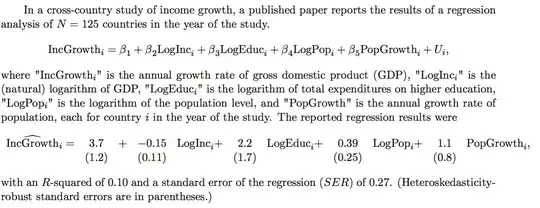Here is my model :
model = Sequential()
model.add(LSTM(4, input_shape=(look_back, trainX.shape[2])))
model.add(Dense(1))
model.compile(loss='binary_crossentropy', optimizer='adam',metrics=['accuracy'])
model.fit(trainX, trainY,validation_split=0.3, epochs=100, batch_size=50, verbose=1)
and  is what I get... I see that the accuracy is suddenly falling for some epochs and remains low until the end, while the validation accuracy is quite great.
is what I get... I see that the accuracy is suddenly falling for some epochs and remains low until the end, while the validation accuracy is quite great.
What's wrong ? Is it under/over fitting (I guess no overfitting, otherwise validation score should be low) ? How can I prevent from such a thing a priori (i.e. by initializing a parameter or sth like this). Is reducing the number of epochs would be a solution ?
What is quite strange is that the accuracy first grows and reaches a very high value, and then suddenly falls, with no appearing reason...
Thanks for help